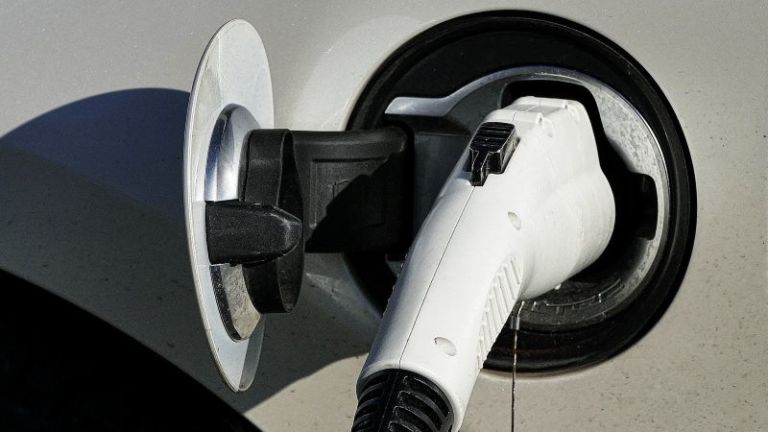New registrations of alternative drive systems decline

New registrations of vehicles with alternative drives declined in April. There were 79,940 new registrations of electric cars, hybrids with and without plugs, mild hybrids and gas-powered passenger cars, 11 percent fewer than in the same period last year. This was due to the sharp downturn in the overall passenger car market in April. In the first four months of 2022, 358,762 new vehicles with alternative drives were registered, an increase of 7 percent.
Among alternative powertrains, 43,919 were new electric vehicles in April. This represents a decrease of 14 percent. Their share of the overall market has risen to 24 percent since the beginning of the year. Almost one in four new cars therefore had an electrified powertrain in April. This included 22,175 battery-powered electric cars (down 7 percent) and 21,697 plug-in hybrids (down 20 percent).
In April, 35,089 new hybrids without plugs also hit the roads. At minus 5 percent, the decline is somewhat smaller than for the other alternative drive systems. Among the hybrids, 6,266 were full hybrids.
Reinhard Zirpel, President of the Association of International Motor Vehicle Manufacturers (VDIK), emphasized: “In April, even the alternative drives had to accept a decline in new registrations, after they had been steadily increasing for many months. The various external impairments to the entire production chain and logistics continue to weigh heavily on the automotive industry and are now also having an impact on electric vehicles. Potential customers are also uncertain about future subsidy conditions. The Federal Government should therefore quickly provide clarity and continue to ambitiously promote both pure electric vehicles and plug-in hybrids.”
The VDIK regularly updates the list of electric vehicles from international manufacturers. The VDIK member companies currently offer 180 electric models (passenger cars and commercial vehicle models) that customers can order in Germany. The VDIK electric list can be accessed here.
In the overall passenger car market, the weighting continues to shift in the direction of alternative drive systems. In the first quarter, they accounted for 45 percent of the total market. Gasoline engines accounted for 35 percent. Only one in five new cars is a diesel (20 percent).
| April | January-April | ||||||
|---|---|---|---|---|---|---|---|
| Change vs. 2021 (%) |
Change vs. 2021 (%) |
Share of total car market |
Market share VDIK (%) |
||||
| BEV | 22,175 | -7 | 105,871 | 30 | 13 | 41 | |
| PHEV | 21,697 | -20 | 89,468 | -15 | 11 | 40 | |
| FCEV | 47 | 24 | 161 | 3 | 0 | 100 | |
| Electric Vehicles (total) | 43,919 | -14 | 195,500 | 1 | 24 | ||
| HEV including: |
35,089 | -5 | 156,630 | 58 | 19 | 43 | |
| full hybrid | 6,266 | 24,789 | 3 | 93 | |||
| mild hybrid | 28,823 | 131,841 | 16 | 34 | |||
| CNG | 94 | -76 | 729 | -55 | 0,1 | 70 | |
| LPG | 838 | -18 | 5,903 | 153 | 1 | 99 | |
| Alternative Drivetrains (total) | 79,940 | -11 | 358,762 | 7 | 45 | ||
| Petrol | 65,035 | -28 | 285,904 | -16 | 35 | ||
| Diesel | 35,289 | -30 | 161,542 | -22 | 20 | ||
| for information: | |||||||
| Passenger car (total) | 180,264 | -22 | 806,217 | -9 | 40 | ||